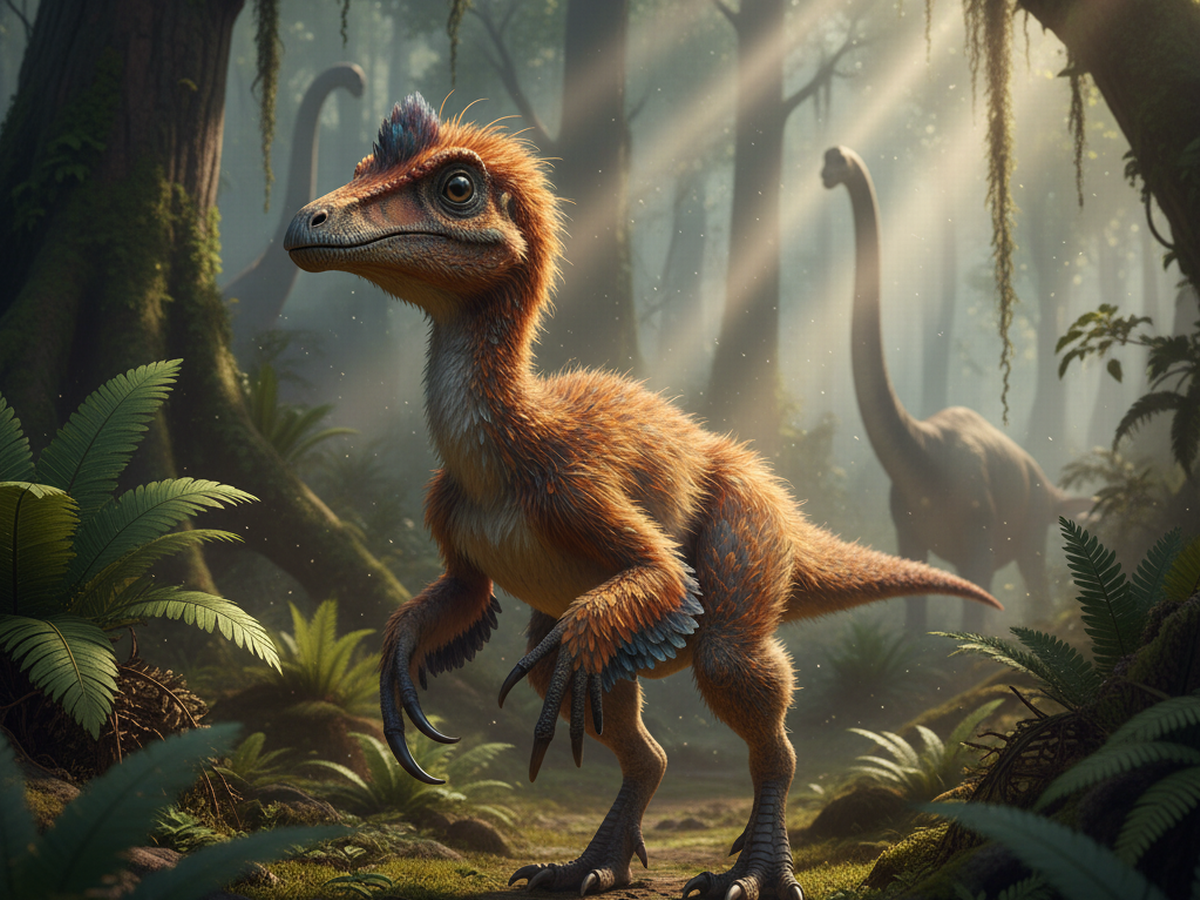Copyright dailystar

Archaeologists in Argentina have unveiled a “perfectly preserved” dinosaur egg that has survived for roughly 70 million years - a discovery that’s got the science world roaring with excitement. Experts say the rare fossilised egg - thought to have been laid by a Bonapartenykus - was found at a site famed for its dinosaur remains, with early examinations suggesting it dates to the Late Cretaceous period. While specialists are staying tight-lipped on the species until lab tests are completed, the condition of the egg alone is being hailed as extraordinary - the kind of once-in-a-career find that can unlock secrets about how dinosaurs lived, bred and protected their young. Fossilised eggs do turn up from time to time, but one this intact is a different beast entirely. A well-preserved shell can reveal crucial clues about nest temperatures, incubation times and even the environment dinosaurs chose to lay in - think vegetation, soil chemistry and climate. If any embryonic material is inside (a big “if,” but not impossible), researchers could be on the cusp of unprecedented insights into growth and development just before hatching. Are ghosts real? Find out in our latest weird science newsletter - plus, big TV is lying to you, how to avoid the AI apocalypse, and the Pope's astronomer wants to convert ET The find reportedly comes from a region of Argentina that’s become a hotspot for dino discoveries, where layers of sediment have quietly cradled prehistoric treasures for aeons. It was made by team from Argentina’s Museum of Natural Sciences during a live broadcast , suggesting that it was so well-preserved that it appeared as if it had been laid recently. Researcher Gonzalo Muñoz told National Geographic: “It was a complete and utter surprise. It’s not common to find the egg of a possible carnivorous dinosaur, much less in that state. The happiness was spectacular for the team." Teams on the ground are now racing to stabilise and study the specimen using high-resolution scans and ultra-delicate prep work. The first step: non-invasive imaging to peek inside without cracking history open. Beyond the Hollywood glamour of a “dinosaur egg,” these fossils are biological time capsules. The microscopic structure of the shell can act like a diary of the ancient world - recording temperatures, oxygen levels and even seasonal swings. Put together with other finds from the area, it could help build a vivid snapshot of life in the final days before the asteroid struck and ended the dinosaurs’ reign. If future analysis confirms the species, the egg could also redraw the map of who lived where — and how different dinosaur families cared for their nests. Some species laid in organised clutches, others built raised mounds, and a few may have brooded their eggs like modern birds. One pristine egg can tip the scales on debates that have simmered for decades. For now, the team is keeping the lid firmly on the nest — no dramatic cracking open just yet. The next few weeks and months will be all about lab work, scanning and careful chiselling, with results expected once the boffins have had their way with the microscopes. One thing’s certain: after 70 million years underground, this little oval of ancient life has finally hatched a new mystery - and the world’s watching to see what emerges.



